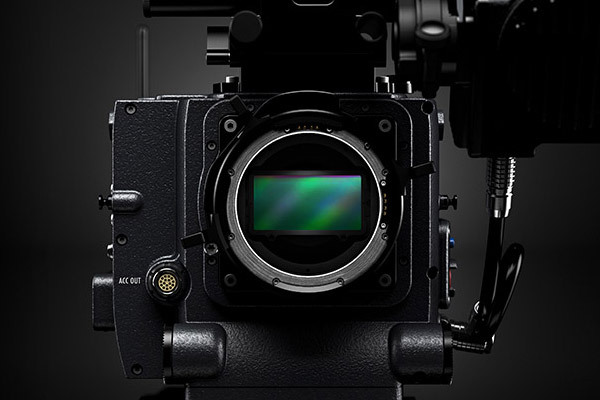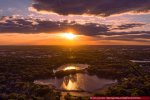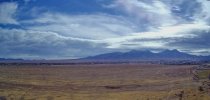For over a year now, I have flown the EVO 2 8K and Mav 2 pro. Strength and lift, EVO 2 wins. Agility, Mavic wins. Photos and video are much higher resolution on the evo 8k and can be blown up to levels way beyond Mavic's images. As far as color and beauty Mavic wins relative to the 8k evo, due to sensor size. Battery life, EVO 2 wins. Even though the batteries don't need to be cooled down as much, DON'T RECHARGE THEM WARM !. I've done this and they get puffy sooner and can short circuit mid flight. Distance, out of the box, Mavic 2 pro wins. I put an active powered 2.4ghz booster on the Evo, now it flies farther than the Mavic, which has a passive antenna booster. And, because the Evo has a longer battery life, it can fly extremely far. Ground spotters needed. I've never had a problem with geo fencing with my Mavic. But, it is pain to use an internet connection each time you need to validate a flight in controlled airspace. I don't depend on the validation from the previous day's flight, as it may expire suddenly. The Evo's battery and the active antenna booster allowed me to fly it up to 20,000 feet away and back, a total of 7.6 miles, weather and spotters permitting. Oh, there is one thing i like about Mavic's camera that Evo seems to not have done. The manual panning back and forth during flight on the Mavic is great. Why the EVO can't or the designers won't implement it is beyond me. I have to fly sideways with the Evo to get the same shots as the Mavic
Regarding the REMOTE CONTROL HANDLES OF THE EVO 2. I bought a roll of anti skid tape for stair cases. I cut a piece to size and wrapped it around the Evo 2 handles. Now there is no slippage whatsoever. One handed grip no problem. Drops, never happen. I put the stuff on my phones too. No more dropping my phones. That anti skid tape is incredible. Got it at Lowes.
flying forward.
I might try the anti-skid tape, the handles aren't too bad yet, probably because it is not summer time, right now my main problem is how you have to focus on keeping them from closing while you are flying. I am used to making mods when it comes to getting things to work the way you need them to work, but I haven't had to make mods like these since the Phantom 2 and it cost far less than the EVO II; that's why I say it feels like the EVO II in some ways is about 2-3yrs behind DJI.
I don't really need longer range, but the problem is interference in the cities. Since it has a shorter range than the P4 or Mavic even where there is no signal interference; I know it will have more problems than the DJI drones when there is signal interference; there are certain places where I commonly need to fly that reduces the range down to less than 1500' for the DJI drones due to interference so I'd imagine the EVO II would be down to around 800' or 900'.











